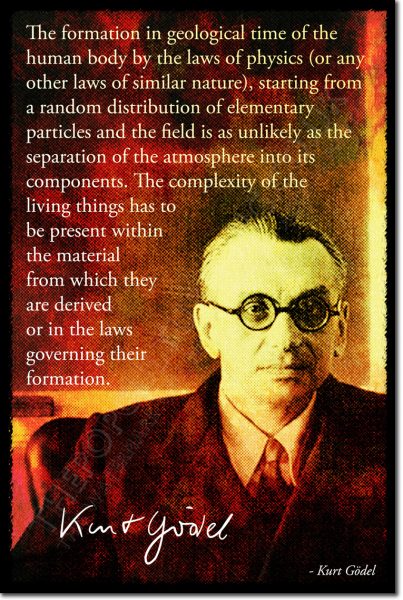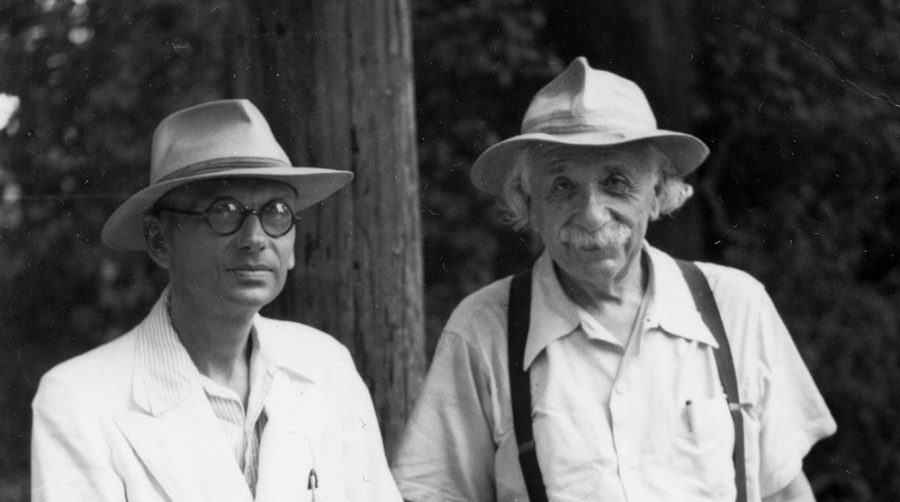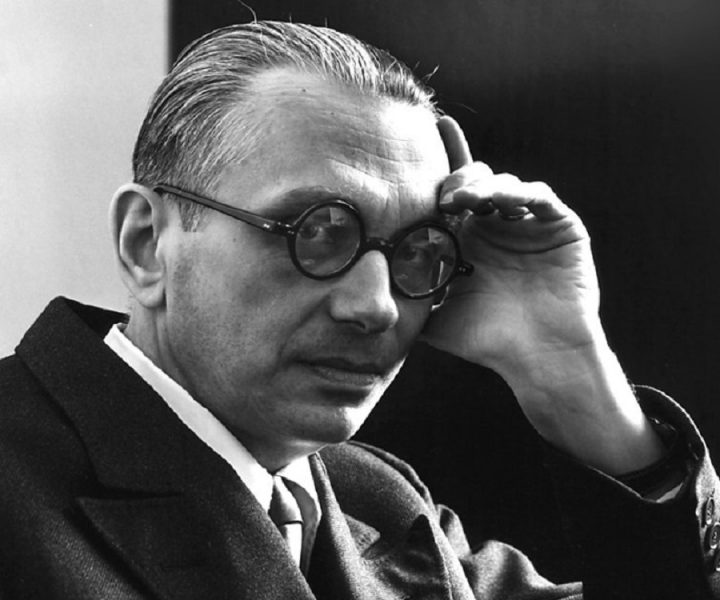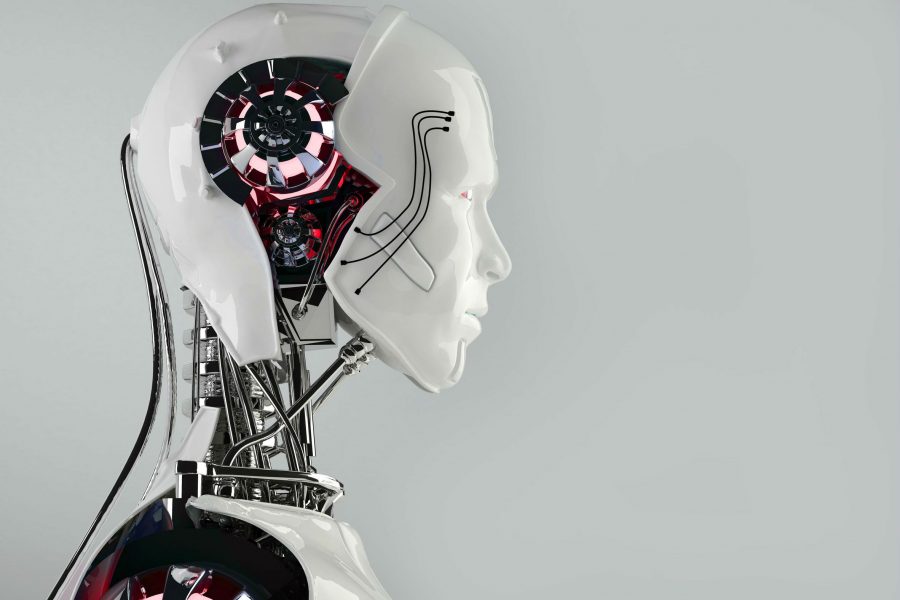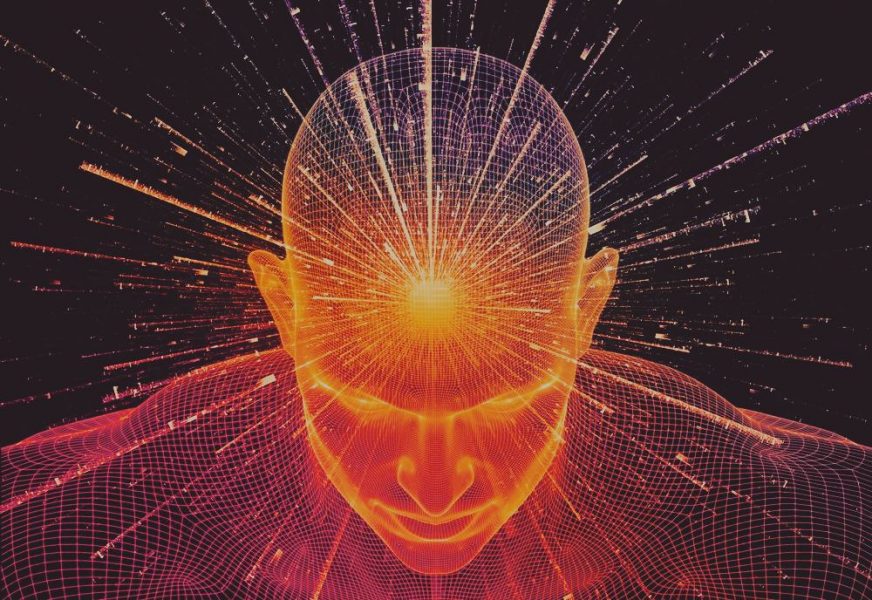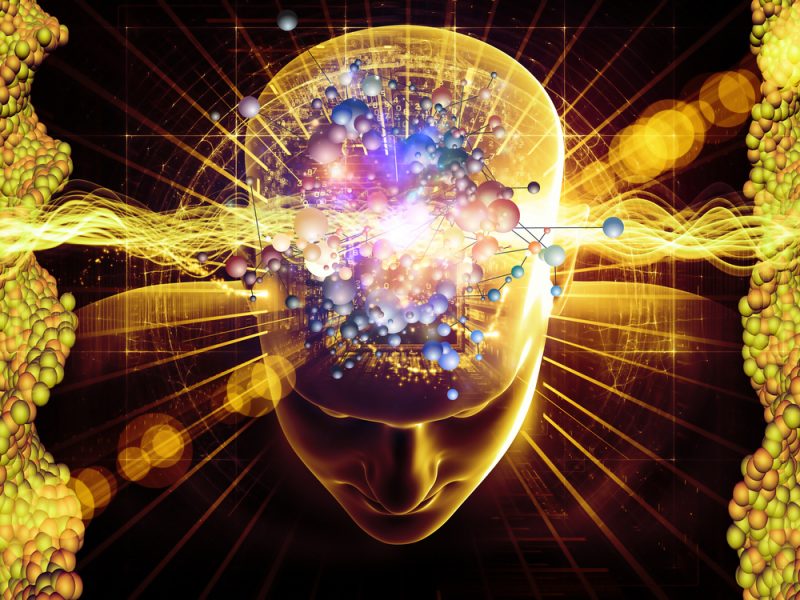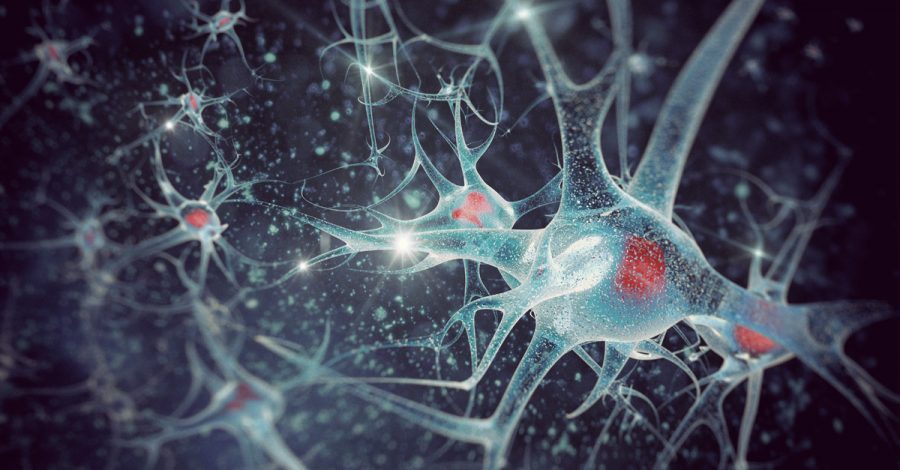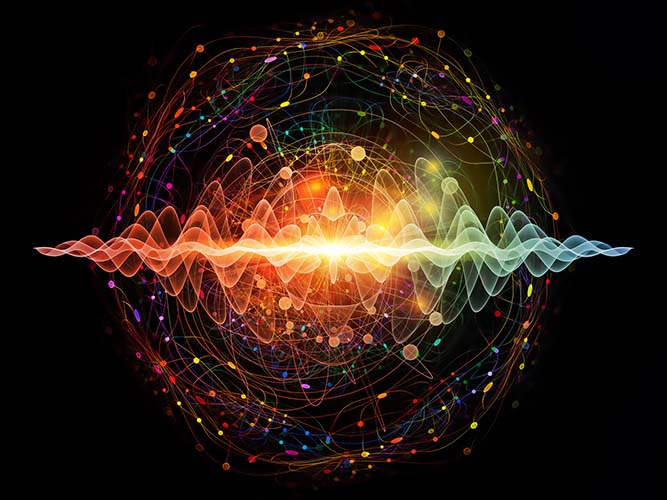So what is this Incompleteness Theorem?
At the beginning of the twentieth century, mathematicians assumed that all of mathematics was a created form [Constructivism] simply utilized to express relations between things, whether or not those things were present in reality. On that basis, it was further believed that if all of the rules of this creative form could be fully expressed that all of mathematics could be known, and all future assertions in mathematics could be determined true or false based upon the formal system developed to do such. An amazing attempt at this process was completely by Russell and Whitehead in the three volume set, the Principia Mathematica. Formalism or Constructivism was assumed to be reasonable, true, and the future of mathematics, and to some degree logic. For the formal system to be functional, it would have to correctly identify all true statements accurately, and create no contradictions
Kurt Godel shocked the mathematical world be creating a short Proof, which demonstrated beyond doubt that all formal systems are necessarily incomplete. That in some manner a true statement can be introduced into the formal system, which the formal system could not identify as true. As it turns out, this Godel Phrase actually creates an infinite number of true statements that the formal system cannot identify as true, making any formal system necessarily incomplete, because, once the first Godel number/phrase is inserted, another [G’] is created, which continues without ceasing. Godel’s intense introversion led his announcement of the proof to be less than overwhelming, but other mathematicians of the day made the findings more public within the mathematics community.
Godel’s original proof made the concept of a formal system quite strict, such as the Principia Mathematica level of formalism. Perhaps had he stopped at that point, his work would be non-relevant to the questions of consciousness, but in a later version of his proof, he was able to so simplify the definition of a formal system, while retaining the result of the proof, that this otherwise esoteric bit of mathematics suddenly becomes substantial in a whole host of other intellectual inquiries. These true but unprovable statements, and their existence, have, in Nagel and Hoffstader’s words, forever separated the concepts of “true” and “provable.” That is an amazing paradigm shifter for any of us.
Consider: is it not the case that a creative idea which in every way seems fresh, intriguing and true after receiving the insight, would not have been necessarily identified as “true” by your mind prior to that creative insight?
